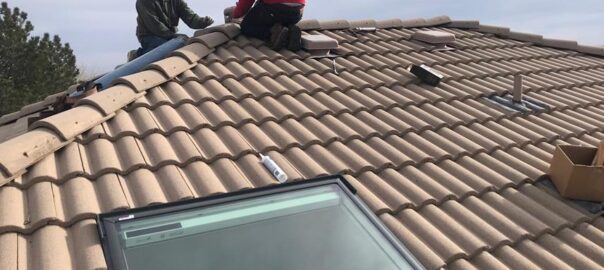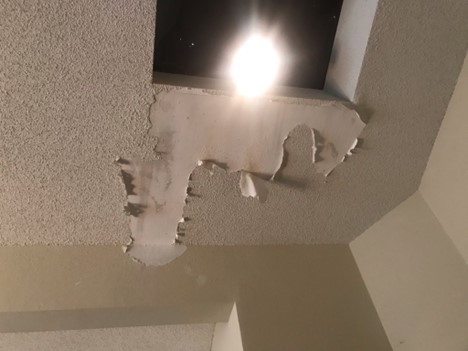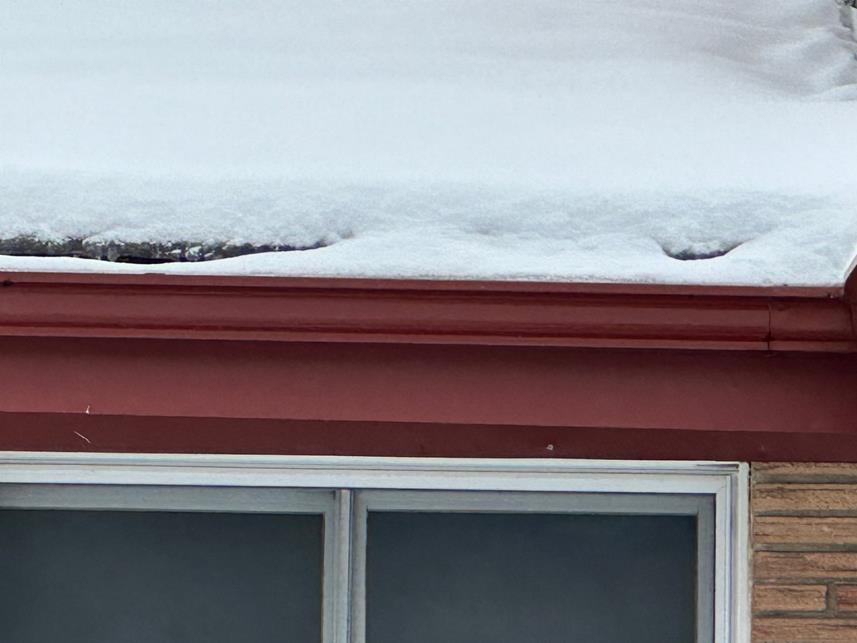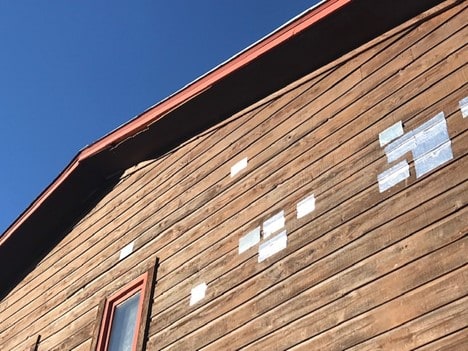Here are 7 options that you don’t know about!
An extreme weather front blows through your neighborhood. After the storm is over, you take a walk around your home to assess it, and you spot some property damage. Is it enough to call your Insurance company to cover the losses? What’s my current deductible? This is why we buy Insurance… right?!
What do I do now?
What is the FIRST step?
You see damage on some or all of these areas around your home – your gutters, siding, paint, windows, patio furniture, sheds, and more.
Has your Roof been damaged? Do you even know what to look for? Most homeowners don’t.
Relax, the FIRST thing you should do is call a reputable contractor like Denny’s Roofing to come out and put some professional eyes on it to assess the damage to your property and see if it is worth filing an Insurance claim. Meaning, is the damage a lot more than your current deductible? An honest contractor will give a quick assessment and give their opinion on the pros vs cons of calling Insurance to file a claim. If there is a little damage, calling your Insurance company might give you a “ding” to your policy that you don’t want to use if you don’t actually need it.
You see some damage. It’s there. Your Contractor acknowledges the damage. They feel that it’s worth calling your Insurance Company to get them to send out a “field adjuster” to take a look. You call and have your Contractor there at the meeting to represent you with the Insurance company. The process has started and is in motion.
Oftentimes, when the damage is obvious, there is no issue with your insurance carrier. They promptly cover the damages, sometimes cutting you a first check right on the spot, so that you can hire your chosen contractor like Denny’s Roofing to start the work. Great. All is well when the system does what it’s supposed to.
And it seems like more and more insurance carriers are denying certain coverage or even refusing to cover you at all during the first go around with the adjuster when there is obvious damage. As Contractors, we are seeing this more and more to our dismay. For you the homeowner, it’s got to be very disappointing — you have been paying your premiums for years — you now need their help. What is going on? You have seen all the commercials and it’s drilled into your unconscious that a storm + damage = coverage. But not this time. Why?
It’s important to know that just because they have refused to cover certain items, it doesn’t mean that they WON’T in the end. It’s just going to take some time for your Contractor to get the coverage for you so that there are funds to fix the issues that are covered in your policy. It’s not unusual for the initial “scope of work” from the Insurance company to come back a lot less than necessary to cover the damage.
Sometimes the Insurance company just refuses to cover certain damage because of an internal policy or leadership change, building code changes, or an adjuster that just digs their heels in and refuses to pay certain items based on internal company policy. It will feel a bit arbitrary. That can cause a big issue for the contractor to be able to complete the repairs. There are ways to work around it.
Ok… now what??
Well, here are a few things that you can do if this happens to you. Don’t get all worked up over it. At least not yet. There are a number of things that your Contractor can help with – to get you coverage. We are just getting started!
- If your claim gets refused or cuts short monetarily, you will get paperwork from your carrier explaining why. There might just be an error in the date of the storm or some procedural glitch that needs to be addressed. This does happen and the algorithm makes a mistake.
- Most insurance companies use an estimating software tool called Xactimate. It was developed by State Farm to equal the playing field for contractors and adjusters. The average price for certain work to be done is in a drop-down menu and regularly updated that we all work abiding by. It’s close to being accurate. It might be a little higher if it is a “bid” item that needs to be approved, and it just gives everyone a similar starting point to write a fair estimate.
- You can also call out another “Field Adjuster” with the Insurance Company to come out for a 2nd opinion. Adjusters are people. Some you get along with, and some you don’t. The first adjuster might have been having a bad day when they wrote the first estimate and were dealing with a personal life circumstance, and so, their state of mind gave you a poor estimate. It’s totally within your rights to have a reinspect. And even a second one if necessary.
- Once the reinspection is done, you can also get your Contractor to document the damage with lots of additional pictures and send them to the “desk adjuster” to look at. What is a desk adjuster? You have been assigned someone “in-house” that will look at the field adjuster’s determination and confirm it and also approve all of the “supplementation” that needs to be done after the first estimate. At this point, this person makes the decisions on coverage. They can be very reasonable. If you don’t connect with them, you can also speak to their Manager. The supplementation ends up adding between 5% to 35% or even more to the claim. Some items on the claim need to be finished and documented before the insurance company will pay for them. And some items will be missed by the initial Adjuster. This is common.
- Ask your Insurance Agent to go to bat for you if they’re in agreement about the coverage issue. Agents usually don’t get involved in the “claims” aspect of the process, and the good ones will if they need to and you can explain your situation. Explain your situation and ask them to call the adjuster to see what the issue is. And then get back to you about it. They don’t have any direct pull with the claims department and when they call claims, it does seem to make a difference.
- There is also the option of having a Public Appraiser or Public Adjuster take a look at it and see if there is a discrepancy between what the insurance carrier agrees to put into the claim versus what an impartial appraiser sees. Both sides bring in independent representation, and they make the decision. It’s a bit like arbitration. This is a bit of a longer process, and it can be a very useful tool in the end. We only invoke this when the insurance company is denying coverage.
- If you are feeling mistreated by your carrier, the last resort – you can call D.O.R.A. – The Colorado Insurance regulatory agency. If your insurance company is just not treating you well and has broken certain “good faith” agreements, the folks at DORA will look into it. Insurance companies tend to move forward quickly when DORA gets involved.
The most important thing to remember is to be patient. Getting you covered so that your home can get put back into the same condition as it was before the storm can take time. We know that you would like to get your work done. We want to do it for you. And getting the Insurance companies to acknowledge their agreement to indemnify you is the core of your agreement with the Insurance company. And hiring the right Contractor that also has the skill and patience to navigate you through that process is key. So, hire wisely.
Hang in there. A little patience goes a long way. Especially if you have hired the right contractor to take you through it step-by-step.









